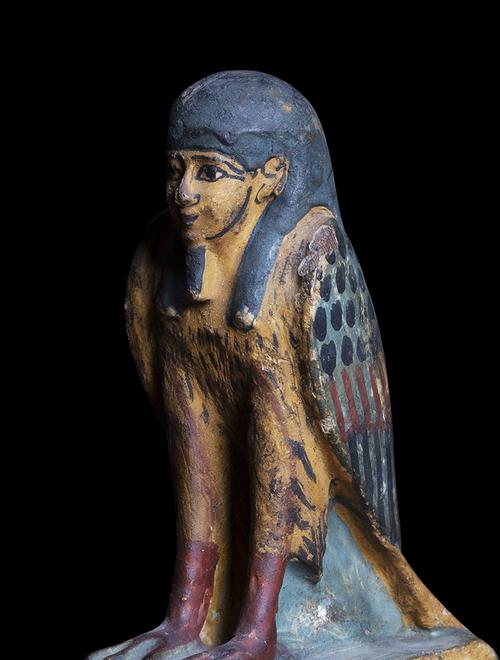
Egypt & Death
Freud started collecting his antiquities in the immediate aftermath of his own father’s death in October 1896. Many of the Egyptian objects in Freud’s collection are associated with death and the afterlife: from mummy masks and bandages to the funerary statues and figurines (shabtis). Egyptian culture developed an elaborate set of rituals around burial and took great care to ensure a successful transition to the afterlife.
Egyptian mythology and literature were also a rich source of stories about death and the interconnections between the dead and the living. The concepts of burial and mummification provided Freud with a compelling set of analogies for the psychoanalytic process. The preservation of memory in the unconscious was compared by him to entombment and he saw the analyst’s job as bringing back to life these dead or repressed memories. Contemplating the antiquities lining Freud’s shelves, the poet H.D. wrote: ‘The dead were living in so far as they lived in memory or in a dream.’

Human-headed Ba-bird, Egyptian Ptolemaic Period (323 BCE – 30 BCE) © Freud Museum London